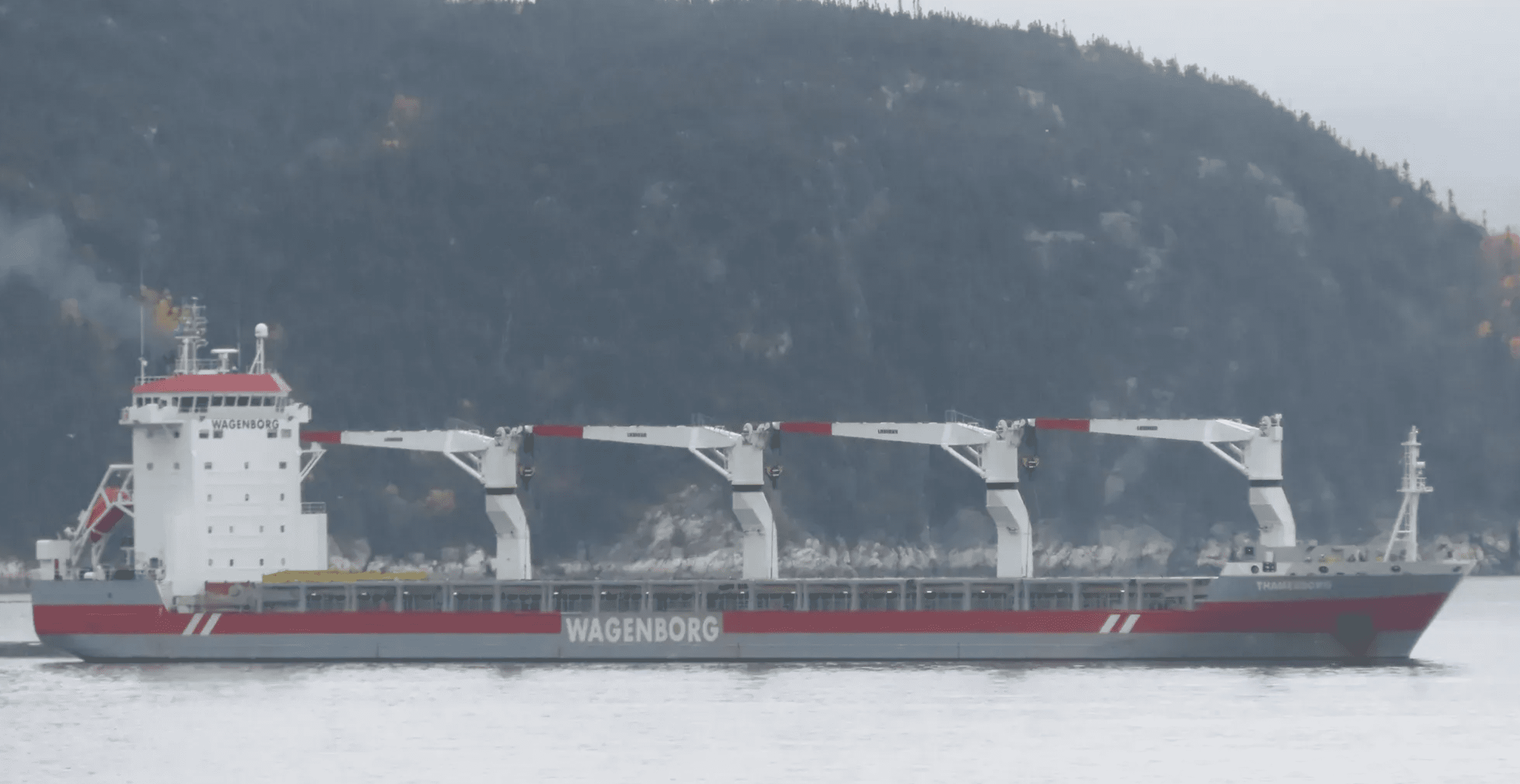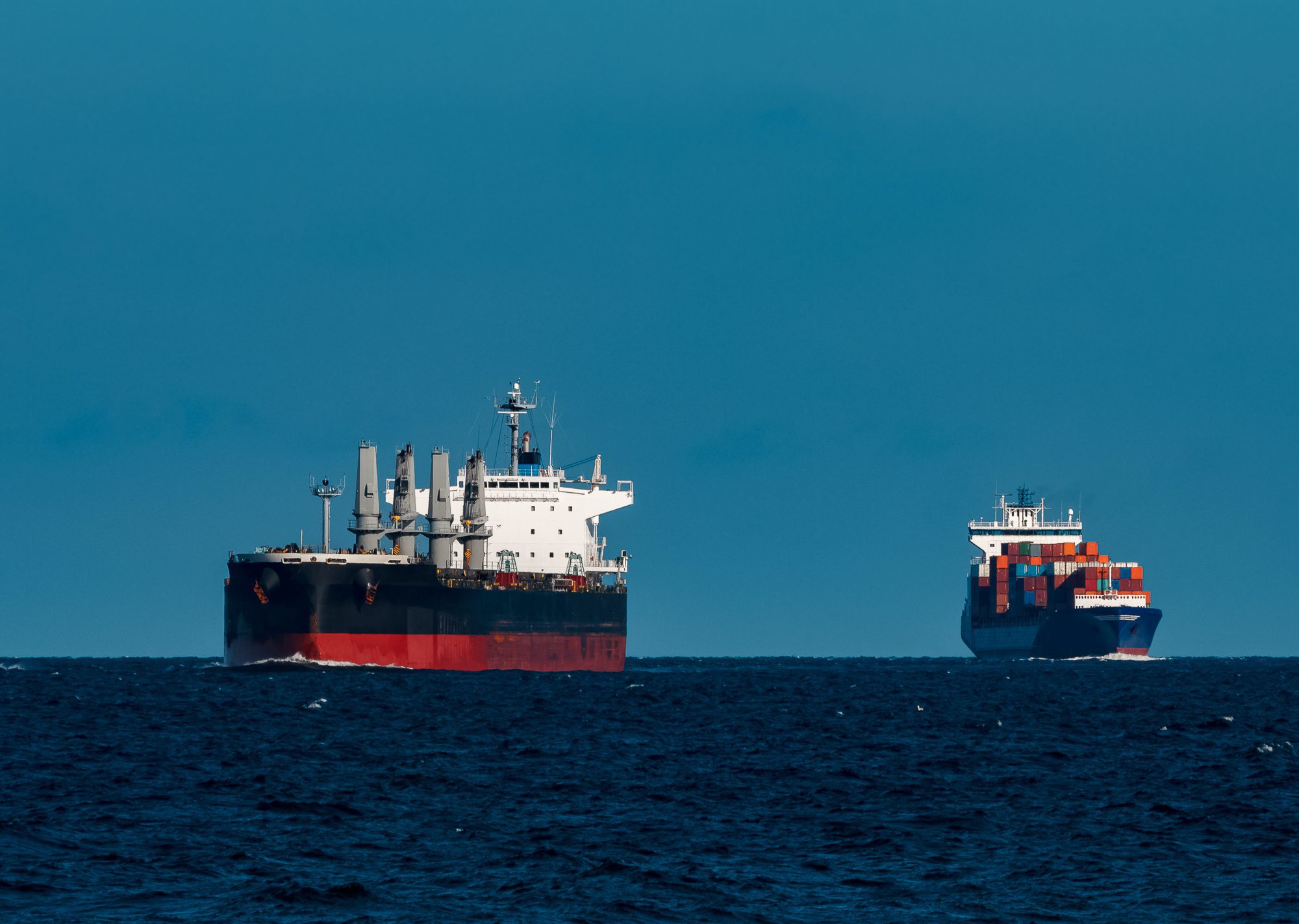
In covering the recent Cosco Busan incident (now the Overseas Reymar allision HERE) I have noticed most of the news articles have made a small error in terminology, not to mention the emails and comments to us saying that we chronically spell collision wrong.
In describing the incident where the Cosco Busan hit the Bay Bridge many prominent news organizations referred to event as a collision when in fact it was an allision.
For clarification: A vessel collides with another moving vessel…. A vessel allides with a fixed object (unless it is submerged) and is presumed at fault.
From the Meriam-Webster Dictionary:
al·li·sion noun \əˈlizhÉ™n, aˈ-\
Definition of ALLISION
1 obs : the action of dashing against or striking upon
2 : the running of one ship upon another ship that is stationary —distinguished from collision
Origin of ALLISION
LL allision-, allisio, fr. L allisus (past part. of allidere to strike against, fr. ad- + -lidere, fr. laedere to hurt) + -ion-, -io -ion — more at lesion
We received an excellent email on the subject from fellow SUNY Maritime alumni John A. [Last name removed];
Allision is a violent striking (such as in a collision) with a fixed object. This is in contrast with “vessel contact” with a fixed object such as would be made with bridge fenders in the ordinary course of say a tug and barge passing under a bridge.
Bridge owners would prefer to classify all vessel/bridge interactions as “allisions” when fender systems have not been maintained and simply fall apart upon incidental contact, or were never properly designed.
The right of navigation generally supercedes the right of the bridge to obstruct the waterway. Bridge fenders are intended to protect the vessel, not the bridge. Congress allowed the bridge to be constructed with the provision that navigation would not be interfered with.
Under the “Oregon Rule” the burden of proof is on the moving vessel to prove that the allision was the stationary object’s fault. This might be shown, for example, if the fender was encroaching upon the navigation channel either from damage, or in some cases because it was not built or repaired according to the permit.
Thanks John for the clear explanation.
Marine Dictionary – Allision

 Join The Club
Join The Club











